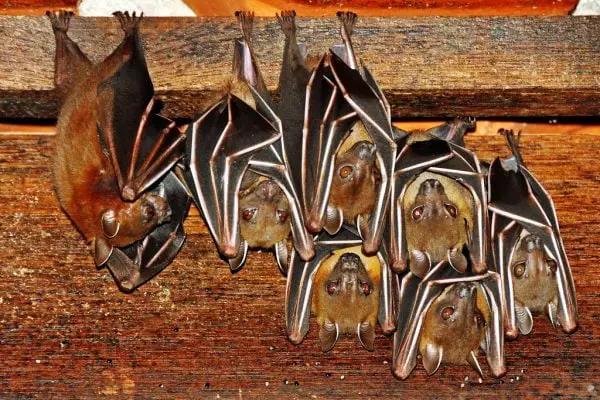Trees, with their majestic stature, diverse forms, and life-sustaining presence, hold a profound place in our world. These silent giants not only grace our landscapes but also form intricate communities, each with its unique character. Beyond their ecological significance lies a fascinating linguistic facet – the diverse collective nouns used to describe them, offering a glimpse into the different types and contexts of their groupings.
Collective Nouns for Trees
Unlike some creatures with singular collective nouns, trees boast a rich vocabulary, each term reflecting the specific features and context of the group:
- Forest: This widely used and evocative term signifies a vast and dense gathering of trees, often covering a substantial area of land. It evokes a sense of grandeur, ecological complexity, and the awe-inspiring beauty of nature’s untamed wilderness.
Example: As the sun peeked through the canopy of the ancient forest, casting dappled light on the forest floor, a sense of serenity and awe washed over me. The towering trees, with their intricate root systems and diverse inhabitants, whispered tales of resilience and the interconnectedness of life.
- Grove: This term signifies a smaller and more intimate gathering of trees, often found clustered together in parks or gardens. It evokes a sense of tranquility, a secluded haven, and a space for peaceful reflection.
Example: Nestled amidst the bustling city, a secluded grove of trees offered a welcome respite from the urban chaos. The gentle rustling of leaves and the soothing sounds of birdsong provided a moment of peace and connection with nature.
- Stand: This term emphasizes the organization and uniformity of a group of trees, often planted in rows or formations. It evokes a sense of order, purpose, and potentially human intervention in shaping the landscape.
Example: Standing tall and proud, a stand of trees lined the country road, their uniform rows creating a picturesque avenue. This deliberate arrangement highlighted the human-nature connection and the aesthetic value trees contribute to our surroundings.
- Wood: This term, often used interchangeably with “forest,” signifies a group of trees, typically found in a wooded area or forest. It carries a sense of familiarity, a natural environment, and the diverse life forms that call these wooded landscapes home.
Example: In the heart of the wood, a winding path led to a hidden clearing, bathed in the warm glow of the afternoon sun. The rustling leaves and the chirping of birds filled the air, creating a symphony of nature’s sounds.
Interesting Facts About Trees
Understanding these collective nouns deepens our appreciation for the complexities of trees and the vital role they play:
Silent Sentinels of Sustainability: Trees act as the lungs of our planet, producing oxygen through photosynthesis and absorbing carbon dioxide, a greenhouse gas contributing to climate change. They also help regulate water cycles, prevent soil erosion, and provide habitat for countless species.
A Tapestry of Diversity: Trees come in a breathtaking array of shapes, sizes, and lifespans, from towering redwoods reaching for the sky to delicate bonsai specimens cultivated for centuries. This diversity contributes to the richness and complexity of our ecosystems.
Challenges and Conservation: Despite their immense benefits, trees face numerous threats, including deforestation, climate change, and invasive species. Protecting existing forests, planting new trees, and adopting sustainable practices are crucial to ensure their continued existence for future generations.
Final Thoughts
From the awe-inspiring “forest” stretching as far as the eye can see to the tranquil “grove” offering a peaceful escape, the diverse collective nouns for trees not only reflect their physical characteristics but also evoke the emotions and experiences they inspire. By appreciating these terms, understanding the vital role trees play in our world, and addressing the challenges they face, we can ensure the continued flourishing of these natural wonders and foster a deeper connection with the verdant tapestry of life.
Also Read:






